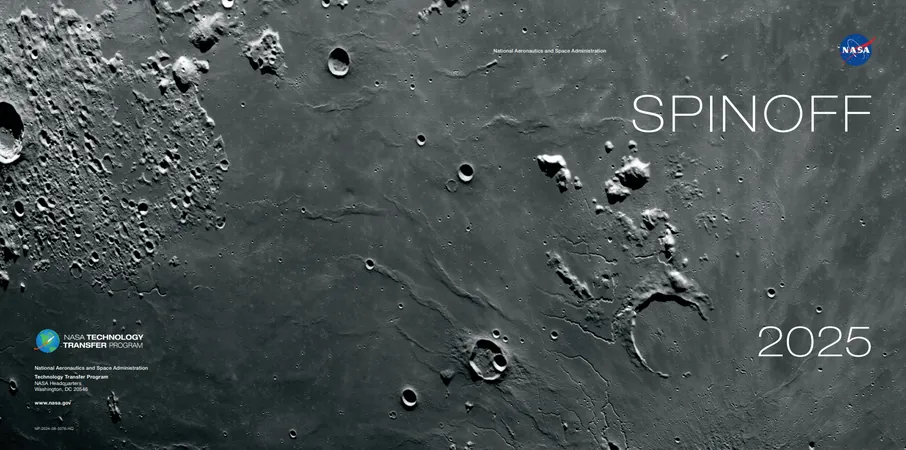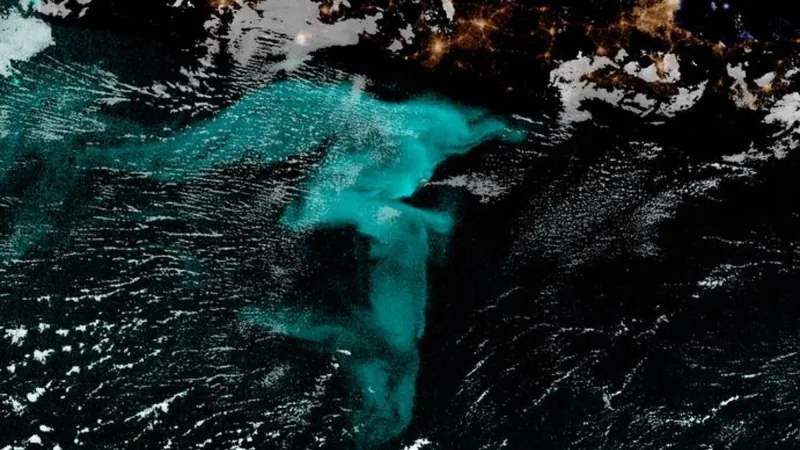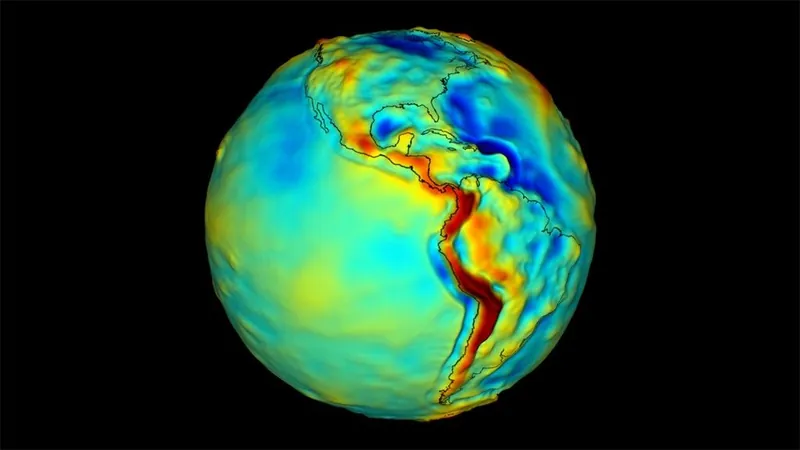
High School Whiz Kid Uncovers 1.5 Million New Cosmic Objects Using AI
2025-04-11
Author: Noah
Meet the Young Prodigy Taking Astronomy by Storm
In an astonishing achievement, a local high school student named Matteo Paz has used artificial intelligence to discover 1.5 million previously unknown celestial objects! His groundbreaking research, conducted at the prestigious California Institute of Technology (Caltech), not only enhances potential NASA missions but also boasts a remarkable single-author publication in The Astronomical Journal.
The Inspiration Behind the Discovery
Paz's passion for astronomy sparked early on when his mother took him to public Stargazing Lectures at Caltech during his childhood. In the summer of 2022, fueled by this fascination, he joined the Caltech Planet Finder Academy, where he collaborated with Professor Andrew Howard to delve deeper into astronomy and computer science.
Mentorship That Transforms
Under the mentorship of astronomer Davy Kirkpatrick, Paz had the encouragement he needed to dream big. "I'm so lucky to have met Davy," he shared. Kirkpatrick's own path to becoming an astronomer was influenced by a teacher who recognized his potential, and now he aims to pay it forward by nurturing the next generation.
Unlocking the NEOWISE Dataset
The NEOWISE mission, which turned its infrared telescope towards the cosmos for over a decade, has gathered massive amounts of data—around 200 billion rows—while searching for asteroids. However, the trove of variable celestial phenomena, such as pulsating stars and quasars, had yet to be fully explored.
AI to the Rescue!
Rather than sifting through data manually, Paz applied his fascination with AI, which he had honed during an elective class that blended coding with advanced mathematics. He knew that analyzing vast datasets like NEOWISE's would be ideal for machine learning. Using his advanced math background from Pasadena's Math Academy, he began crafting a sophisticated algorithm that successfully flagged potential variable objects in the data.
Collaborative Genius
Paz's journey involved regular discussions with Kirkpatrick, filled with scientific banter and mutual excitement. As summer came to a close, they recognized that the NEOWISE dataset offered immense potential for discovery, especially for objects that vary in brightness over time.
Pushing Boundaries
With his AI model now refined, Paz has made significant strides in processing NEOWISE's raw data, ultimately identifying 1.5 million new celestial phenomena. His findings promise to be published in a comprehensive catalog in 2025.
A Bright Future Ahead
While he balances high school and monumental research, Paz has already secured a role at Caltech. Working with Kirkpatrick at IPAC, he's diving deep into data analysis for various NASA and NSF-supported missions. As he prepares for the future, he envisions applications of his AI model beyond astronomy, potentially aiding in stock market analysis and environmental studies.
Stay Tuned for More Discoveries!
This young scientist's journey is just beginning, and with a promising career ahead, who knows what astonishing discoveries Matteo Paz will unveil next?









 Brasil (PT)
Brasil (PT)
 Canada (EN)
Canada (EN)
 Chile (ES)
Chile (ES)
 Česko (CS)
Česko (CS)
 대한민국 (KO)
대한민국 (KO)
 España (ES)
España (ES)
 France (FR)
France (FR)
 Hong Kong (EN)
Hong Kong (EN)
 Italia (IT)
Italia (IT)
 日本 (JA)
日本 (JA)
 Magyarország (HU)
Magyarország (HU)
 Norge (NO)
Norge (NO)
 Polska (PL)
Polska (PL)
 Schweiz (DE)
Schweiz (DE)
 Singapore (EN)
Singapore (EN)
 Sverige (SV)
Sverige (SV)
 Suomi (FI)
Suomi (FI)
 Türkiye (TR)
Türkiye (TR)
 الإمارات العربية المتحدة (AR)
الإمارات العربية المتحدة (AR)